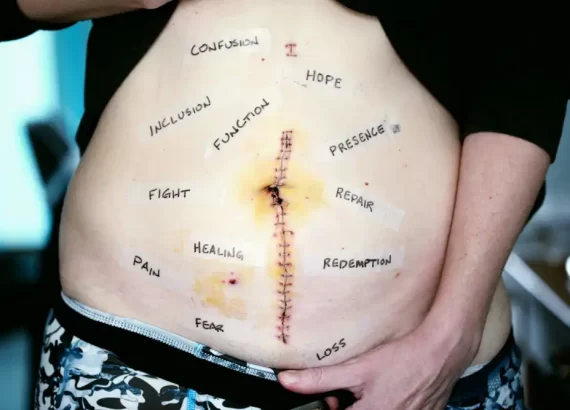How EMDR Works for Complicated Trauma

As children, we learn how to engage with and understand the world around us. Our identity is formed first in conversation with our parents and families, then molded by our experiences in the world.
For some, childhood is a trial by fire. Prolonged periods of abuse, neglect, bullying—any emotionally or physically traumatizing experiences—influence not just the way they see themselves and the world but the development of various areas of their brains. Those influences have far-reaching effects that stretch into adulthood and can negatively impact their relationships and mental health.
In today’s post, we will talk about how EMDR works to heal complicated trauma.
Impact of Complicated Trauma
Our brains develop in response to our traumatic experiences, especially during childhood. These changes influence the function of the hippocampus, amygdala, and prefrontal cortex—all of which play a role in how memories are processed, stored, and recalled.
Explicit, non-traumatic memories are processed and stored in the hippocampus, which organizes those memories and makes it easy to recall details. Implicit, traumatic memories are stored in a fragmented and disorganized manner as a result of hyperactivity in the amygdala during times of stress.
Implicit memories are often difficult to recall consciously but live in our skin. They are emotional responses that can be triggered by something as small as a smell, a tone of voice, or the way a person touches our shoulders. They’re often vivid and disruptive, triggering an emotional response without conscious awareness.

By contrast, explicit memories are ones we grasp when we want. They aren’t emotionally triggering; they’re fact-based. Who, what, where, when, and how. Memories like these still have an emotional charge but are controlled and conscious.
What is EMDR?
EMDR therapy was developed in the 1980s by Dr. Francine Shapiro as an alternative treatment for PTSD and trauma. It is rooted in the AIP model, which posits that the brain, like all other parts of the body, possesses an innate ability to heal. EMDR therapy rests on the theory that traumatic memories interrupt the brain’s natural return to a healthy state. Accordingly, EMDR therapy works by allowing trauma survivors to reprocess traumatic memories in a safe, secure environment.

Bilateral Stimulation
EMDR uses bilateral stimulation through rapid eye movements to activate brain areas associated with implicit memory. While under bilateral stimulation, therapists guide their clients through exploring beliefs, memories, and other sensations they may experience during the process.
Imagine your mind as a library, with books scattered in pieces amongst the various shelves. Just seeing the mess is enough to give you a sense of nausea or fill you with dread. EMDR therapy helps people restore order to the library, thereby mitigating the psychological and physiological symptoms they are experiencing.
What to Expect from EMDR Therapy
Generally, people can expect EMDR therapy to provide results within 6 – 12 sessions. In the case of those suffering from complicated trauma, that number may be higher. Complicated trauma often involves layer upon layer of traumatic experiences that have built up over time, compounding. Even so, EMDR therapy has a proven track history of success. It is a goal-oriented, results-driven form of therapy that allows the client and therapist to work backward, targeting desired improvements in day-to-day life through therapy.
Schedule a Consultation
If you’re struggling to untangle the storm of complicated trauma left behind by past experiences, EMDR may be an effective therapeutic option for you. Reach out today for a free consultation. We can talk about what issues you’re facing in your daily life and make a plan to move past them. Together, we can plan a path toward healing and overcoming the pain of the past.




